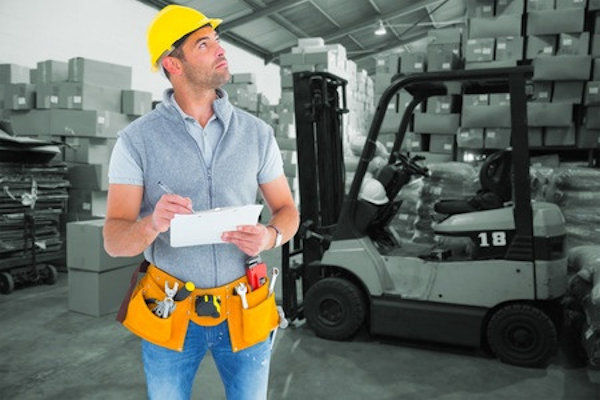Inspection
Conducting walkaround safety inspections is the most widely used method for identifying hazards in the workplace.

To ensure that this procedure is carried out as effectively as possible, it is recommended that the supervisor be given the responsibility of conducting the safety inspection.
As the representative of the employer, a fundamental duty of the supervisor is to identify and address potential hazards in the work area. Key points to consider when conducting walkaround inspections include:
- Participation: Involving both management and labor in safety inspections is crucial. Relying solely on safety committees can lead to an ineffective safety culture.
- Checklist: During the inspection, focus on hazards related to the five MEEPS categories. Utilize a checklist to ensure a systematic approach, but be wary of 'tunnel vision,' where unlisted hazards might be overlooked.
- Training: Walkaround safety inspections are effective only if the inspectors are properly educated in hazard identification and control specific to the company. This is especially important in dynamic industries with frequent changes.
- Major weakness: A significant limitation in the inspection process is inadequate time spent in specific areas, leading to missed hazards. Often, inspections involve only a cursory 'rolling eyeball' approach.
In June 2020, a serious incident occurred at a manufacturing facility in Ohio involving a batch operator and a concrete mixer. The mixer was designed with a pneumatic discharge door that should remain open when pneumatic energy is released through an exhaust valve. However, the handle of the exhaust valve had broken off and had not been repaired or replaced.
As a result, the batch operator attempted to close the door manually. It closed unexpectedly during the process, causing a severe head injury. The operator was transported to the hospital and passed away five days later.
A federal investigation resulted in a workplace safety citation, a $500,000 fine - the maximum allowed - and a mandated Safety Compliance Plan.
This incident serves as a strong reminder of the supervisor’s responsibility during walkaround inspections. A broken valve on a critical piece of equipment is the type of hazard that should be identified during routine inspection rounds - especially when equipment is shared across shifts or used in maintenance operations.
Key takeaways for effective walkaround inspections include:
- Supervisors, as employer representatives, carry the duty to regularly inspect the work area and identify potential hazards.
- Critical equipment should be checked using a structured checklist, with attention paid to MEEPS categories—particularly equipment and environment in this case.
- Supervisors must be trained in hazard identification and control to recognize not just listed issues, but also unlisted or developing risks.
- A quick walk-through isn’t enough - spending focused time in each area ensures hidden or neglected hazards, like a broken exhaust valve, aren’t missed.
- Active participation from both supervisors and frontline employees strengthens the inspection process and safety culture overall.
Knowledge Check Choose the best answer for the question.
2-4. As an agent of the employer, a fundamental responsibility to inspect the work area rests with the _____.
You forgot to answer the question!
